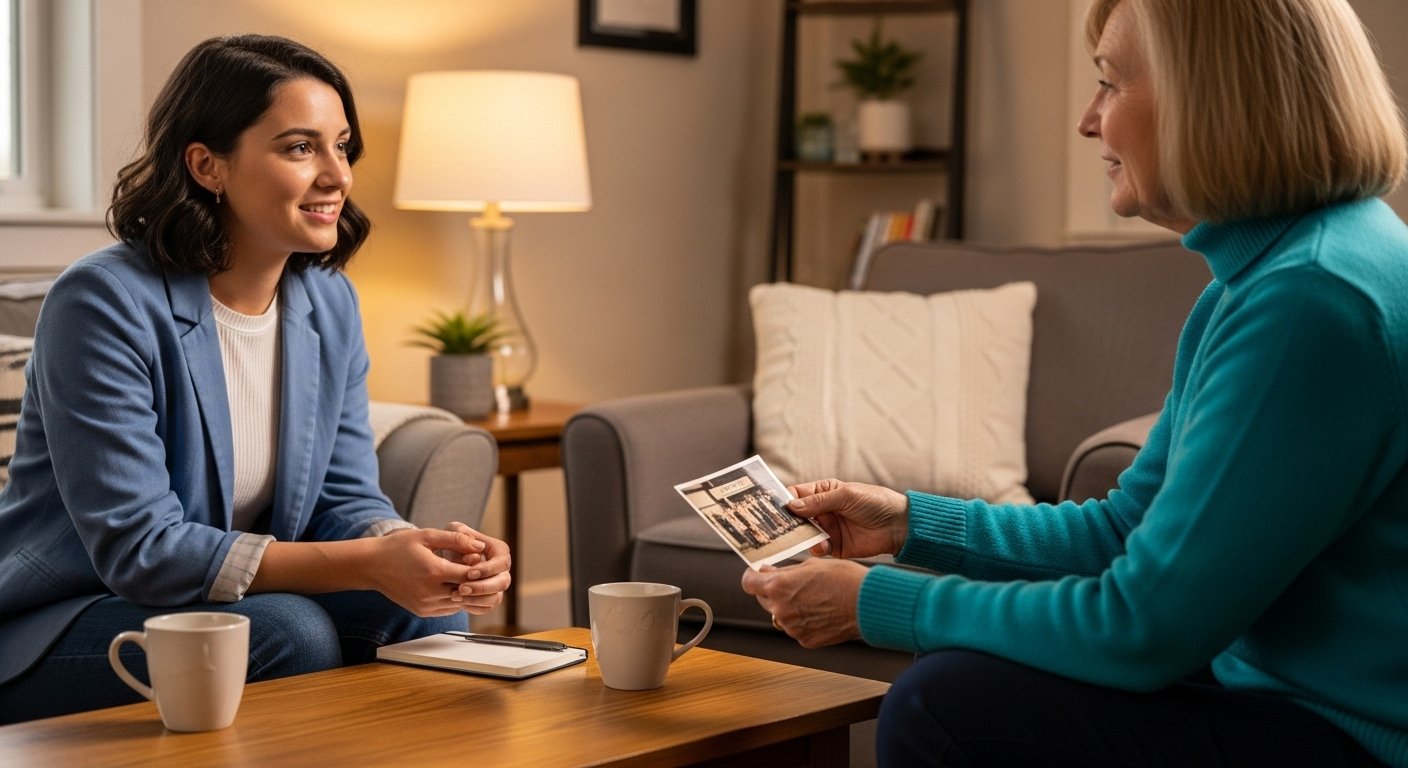Don’t Be White Noise to Your Donor: 4 Ways to Stand Out
You know those sound machines that create white noise and block out all the other sounds around them? That’s what’s happening to your donors right...

Not long ago, I received one of the most meaningful donor touch points in my life—and I didn’t see it coming. It caught me completely off guard in the best possible way, and it reminded me just how powerful authentic, emotionally resonant communication can be.
Let me give you some context. I volunteer for a local community theater and serve on one of its committees. A good friend of mine, who also happens to be the theater’s VP of Development, sent me a simple text one morning. It included a link to a short video and a message that read: “Watch this and try not to cry.”
The video featured one of the theater’s outreach programs, where they bring musical theater into a senior care facility. As I watched these older adults singing and performing with joy and vulnerability, the tears came, just like he predicted.
That short interaction—a seemingly casual moment—turned out to be an incredibly effective touch point. Why did it work so well? And what can we all learn from it when thinking about donor engagement? Let me explain.
Now, at this point you’re probably thinking: “Of course this touch point was great—it was sent to you by your close friend! He knows things about you!” And you’re not wrong. But there is no reason you can’t learn these things about your donors as well.
The next time you’re crafting a touch point for each of your donors, I encourage you to really reflect on what you know, and tailor the touch point to really meet all those individual preferences and details.
And if you don’t know your donors that well? I think you know what to do next!
Theresa

You know those sound machines that create white noise and block out all the other sounds around them? That’s what’s happening to your donors right...

You know that when a donor gives a gift, your first job is to say thank you, as quickly as possible. Amazingly, colleagues in our industry (including...

One of the most common frustrations I hear from major gift officers is this: “How can I get my donor to actually talk to me?” Believe me, I get it....